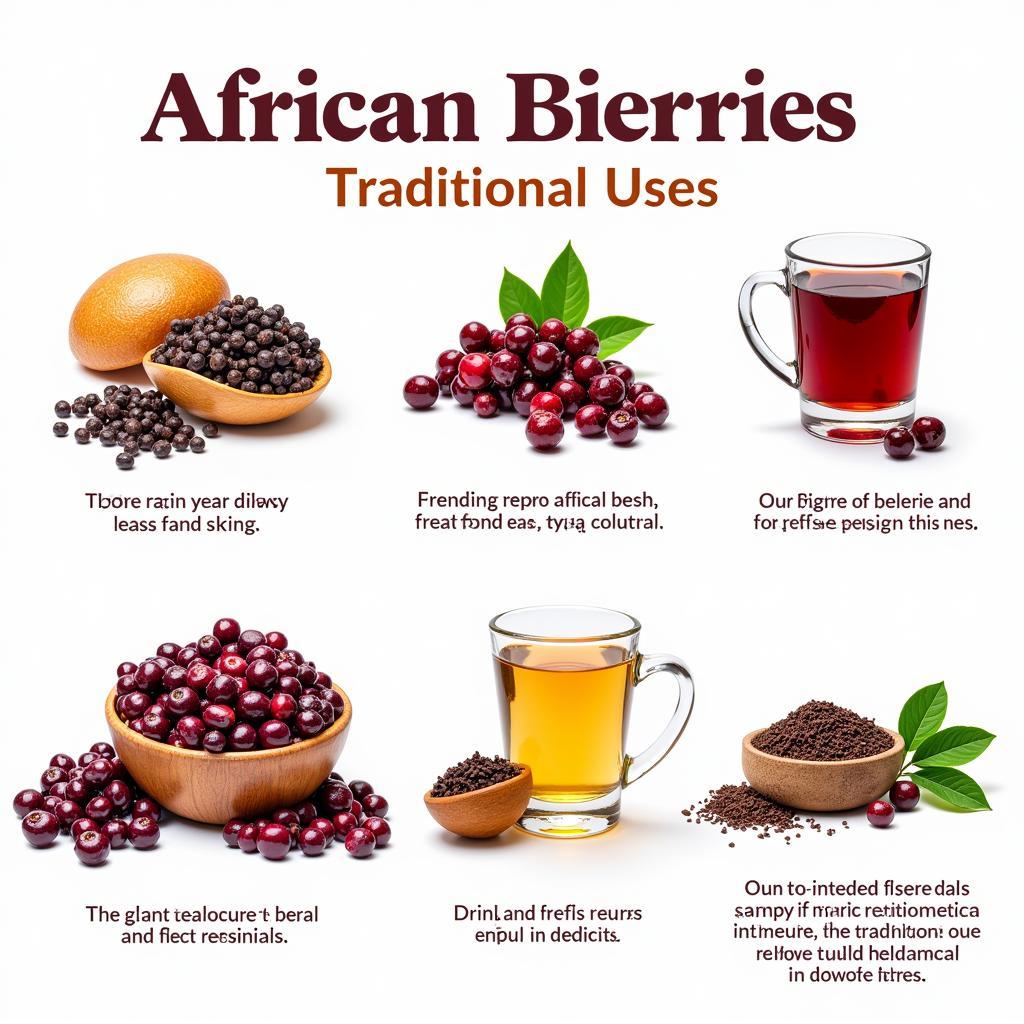Exploring the Vibrant World of the African Butterfly Insect
The African Butterfly Insect, a captivating creature of vibrant colors and delicate wings, thrives in the diverse ecosystems of the African continent. From dense rainforests to sprawling savannas, these fascinating insects play a vital role in pollination and contribute to the rich biodiversity of their habitats. This article delves into the captivating world of African butterflies, exploring their diverse species, unique adaptations, and the challenges they face in a changing environment.
African butterflies exhibit a remarkable array of colors and patterns, serving various purposes from camouflage to attracting mates. Their lifecycle, from egg to caterpillar to chrysalis and finally to butterfly, is a testament to the wonders of nature. Some species migrate vast distances across the continent, navigating using the sun and magnetic fields, a feat of natural engineering.
Unveiling the Diversity of the African Butterfly Insect
Africa is home to an estimated 3,000 butterfly species, representing a significant portion of the world’s butterfly population. These species vary greatly in size, color, and behavior, showcasing the incredible biodiversity of the continent. From the iconic Monarch butterfly with its vibrant orange wings to the more elusive African Swallowtail with its striking black and yellow patterns, the continent boasts a truly spectacular array of these winged wonders. The diversity is particularly rich in the tropical rainforests of Central and West Africa. These regions provide ideal conditions for butterfly development, with abundant food sources and a stable climate.
 African Butterfly Diversity in the Rainforest
African Butterfly Diversity in the Rainforest
Many African butterfly species have evolved unique adaptations to survive in their specific environments. For instance, some species have developed camouflage patterns that blend seamlessly with their surroundings, protecting them from predators. Others have evolved long proboscis, enabling them to access nectar from deep within flowers. These adaptations are a testament to the evolutionary pressures faced by these insects and highlight the interconnectedness of life within African ecosystems.
African Butterfly Insect: Habitats and Life Cycle
African butterflies can be found in a variety of habitats, from coastal forests to montane grasslands. Their habitats influence their behaviors and contribute to the wide array of species found on the continent. Understanding their habitats is crucial to appreciating their diversity and the conservation efforts needed to protect these fascinating creatures. For instance, the african butterfly cichlid care is crucial for understanding the needs of this specific species. Their lifecycle is a marvel of nature, transforming from a tiny egg to a crawling caterpillar, then into a dormant chrysalis, and finally emerging as a winged butterfly. This metamorphosis is a complex process driven by hormonal changes and intricate genetic programming.
What is the typical lifespan of an African butterfly? The lifespan varies greatly depending on the species, ranging from a few weeks to several months. Factors such as predation, climate, and food availability also play a role in their survival.
Conservation Efforts for the African Butterfly Insect
Like many insects globally, African butterflies face numerous threats, including habitat loss due to deforestation and agricultural expansion. Climate change also poses a significant challenge, altering weather patterns and impacting the availability of food sources. Conservation efforts are crucial to protecting these delicate creatures and preserving the biodiversity of African ecosystems. These efforts include habitat restoration, raising awareness about the importance of butterflies, and promoting sustainable practices that minimize human impact on their environment. Learning about the african butterfly species can help us understand which species are most vulnerable and require focused conservation efforts.
 African Butterfly Conservation Efforts
African Butterfly Conservation Efforts
Knowing about the african butterfly fish with angelfish can also help us appreciate the broader ecosystem and the role these insects play. Understanding the natural habitat of other species like the african cichlid natural habitat further expands our knowledge of African aquatic life. Even seemingly unrelated topics, such as the compatibility of the african knife fish is it compatible with oscar, contributes to a comprehensive understanding of the continent’s diverse fauna.
Dr. Anita Kendi, entomologist specializing in African butterflies, emphasizes the importance of community involvement in conservation: “Local communities play a critical role in protecting these insects. Their knowledge of the environment and traditional practices can be invaluable in developing sustainable conservation strategies.” Another expert, Dr. Joseph N’gombe, a conservation biologist, adds, “Protecting butterflies also means protecting the entire ecosystem. They are indicators of a healthy environment, and their decline can signal wider ecological problems.”
In conclusion, the African butterfly insect, with its vibrant colors and vital role in the ecosystem, is a treasure worth preserving. By understanding the diversity, habitats, and challenges faced by these fascinating creatures, we can work towards ensuring their survival for generations to come. The future of these delicate insects depends on our collective efforts to protect them and the diverse ecosystems they call home.
FAQ
- What is the largest African butterfly species?
- How do butterflies contribute to the ecosystem?
- What are the main threats to African butterfly populations?
- How can I contribute to butterfly conservation efforts?
- Where can I learn more about specific African butterfly species?
- What is the role of butterfly migration in their lifecycle?
- How do butterfly caterpillars transform into butterflies?
Need assistance? Contact us 24/7: Phone: +255768904061, Email: kaka.mag@gmail.com, Address: Mbarali DC Mawindi, Kangaga, Tanzania.


